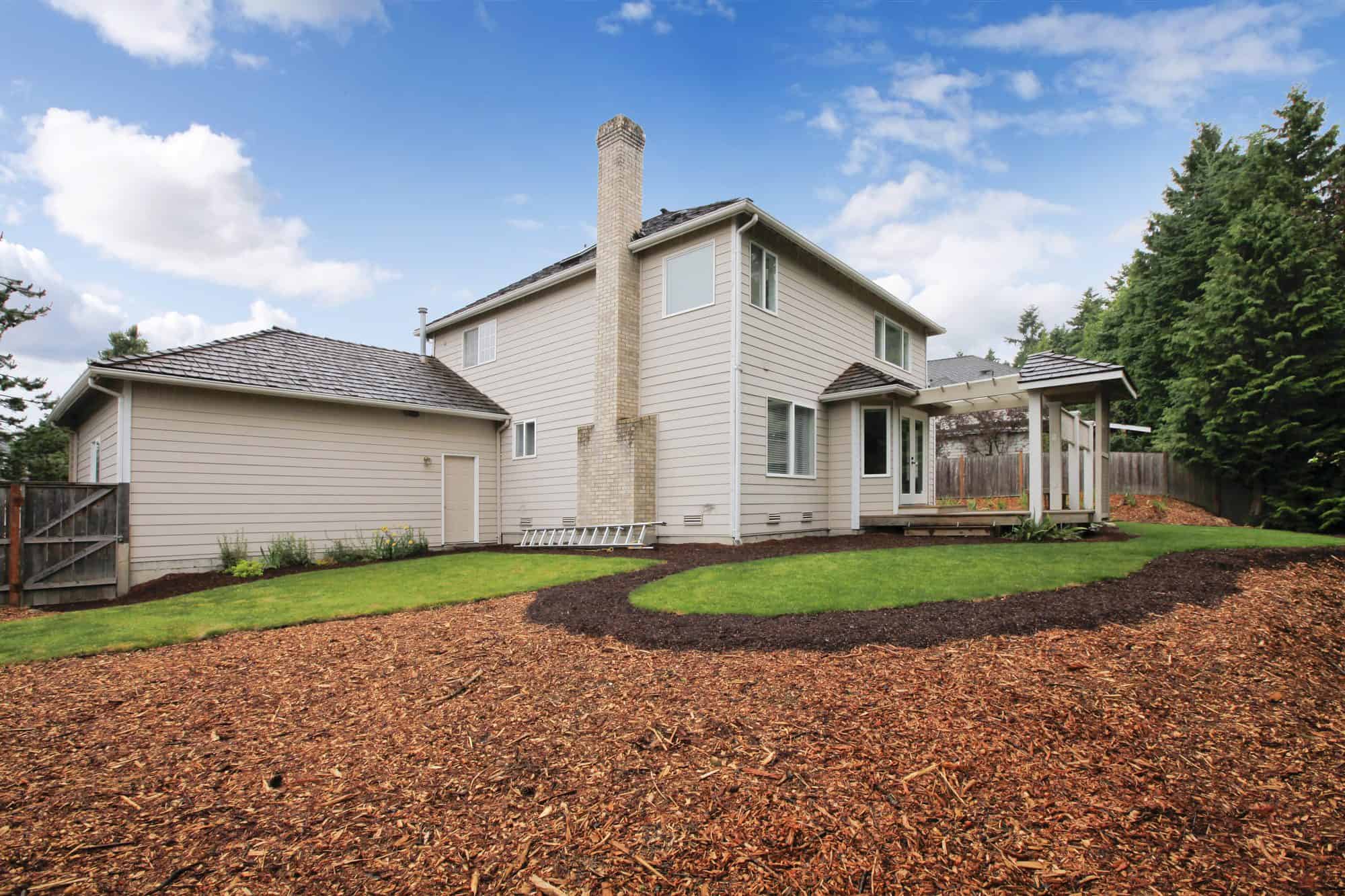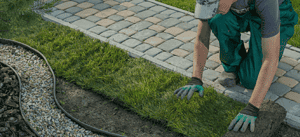
DIY Solutions for Heat-Proofing Your Garden
Gardening in hot climates or during heatwaves can present challenges. And with summer right around the corner, with the right strategies, you can rest easy knowing your plants are protected. Here’s how to heat-proof like a pro.
Mulching for Moisture Retention and Temperature Regulation
Mulching is a simple yet effective way to conserve soil moisture, suppress weeds, and regulate soil temperature.
Organic mulches like wood chips, straw, or compost can insulate plant roots, keeping them cool during hot weather. Apply a layer of mulch around your plants, leaving a small gap around the stems to prevent moisture-related issues.
Shade Structures for Sun Protection

Shade structures provide much-needed relief from intense sunlight and heat. Consider installing pergolas, arbors, or shade sails to create shaded areas in your garden.
Planting tall trees or shrubs strategically can also cast shade and reduce direct sun exposure for sensitive plants.
Efficient Watering Techniques
Watering efficiently is crucial for maintaining plant health in hot weather. Water deeply and infrequently to encourage deep root growth and drought tolerance. Use soaker hoses, drip irrigation systems, or watering cans to deliver water directly to the base of plants, minimizing evaporation and water waste.
Choosing Heat-Tolerant Plants
Opt for native or drought-resistant plants that are adapted to your climate’s heat and humidity levels. Group plants with similar water and sunlight requirements together to optimize watering efficiency and plant health.
All About Soil Quality

Incorporating organic matter into your soil can improve its water-holding capacity and nutrient retention, supporting plant growth during hot conditions. Compost, aged manure, or mulch can be added to soil to enhance its quality and resilience.
As the Temperature Climbs, Monitor and Adjust
Monitor your garden regularly for signs of heat stress, such as wilting, yellowing leaves, or dry soil. Adjust your watering schedule, provide additional shade as needed, and mulch consistently to help your plants withstand heat waves and thrive in challenging summer conditions.





